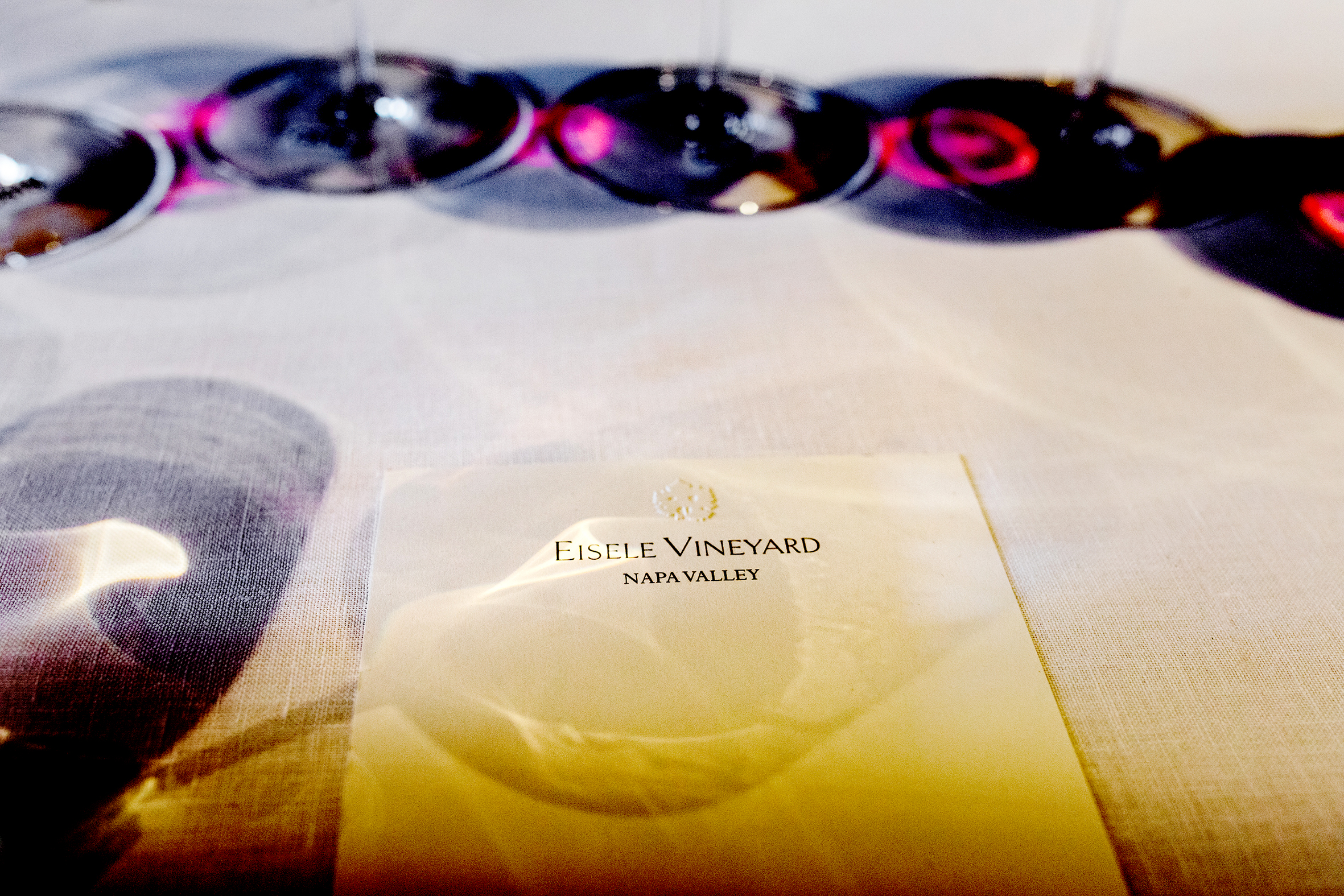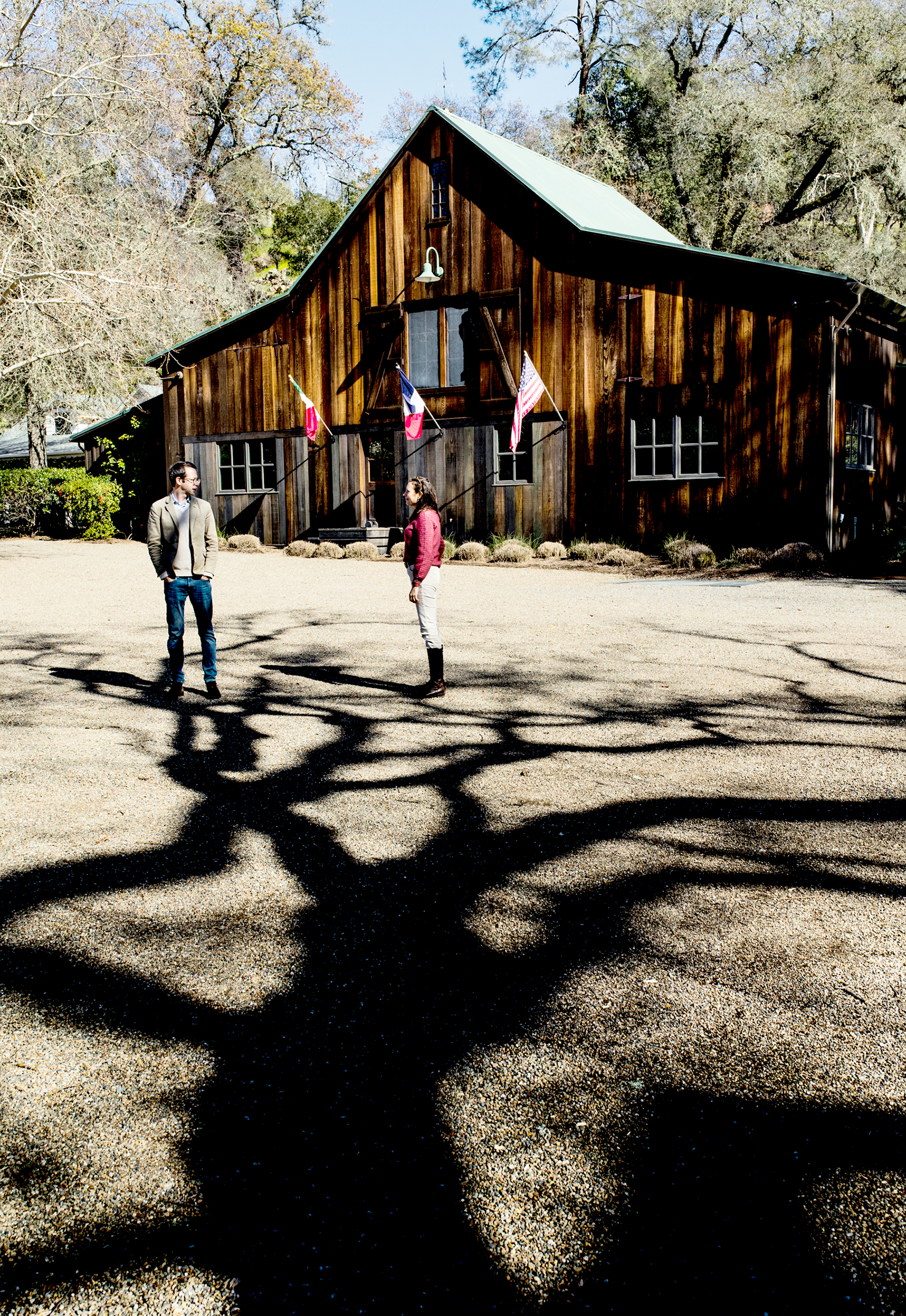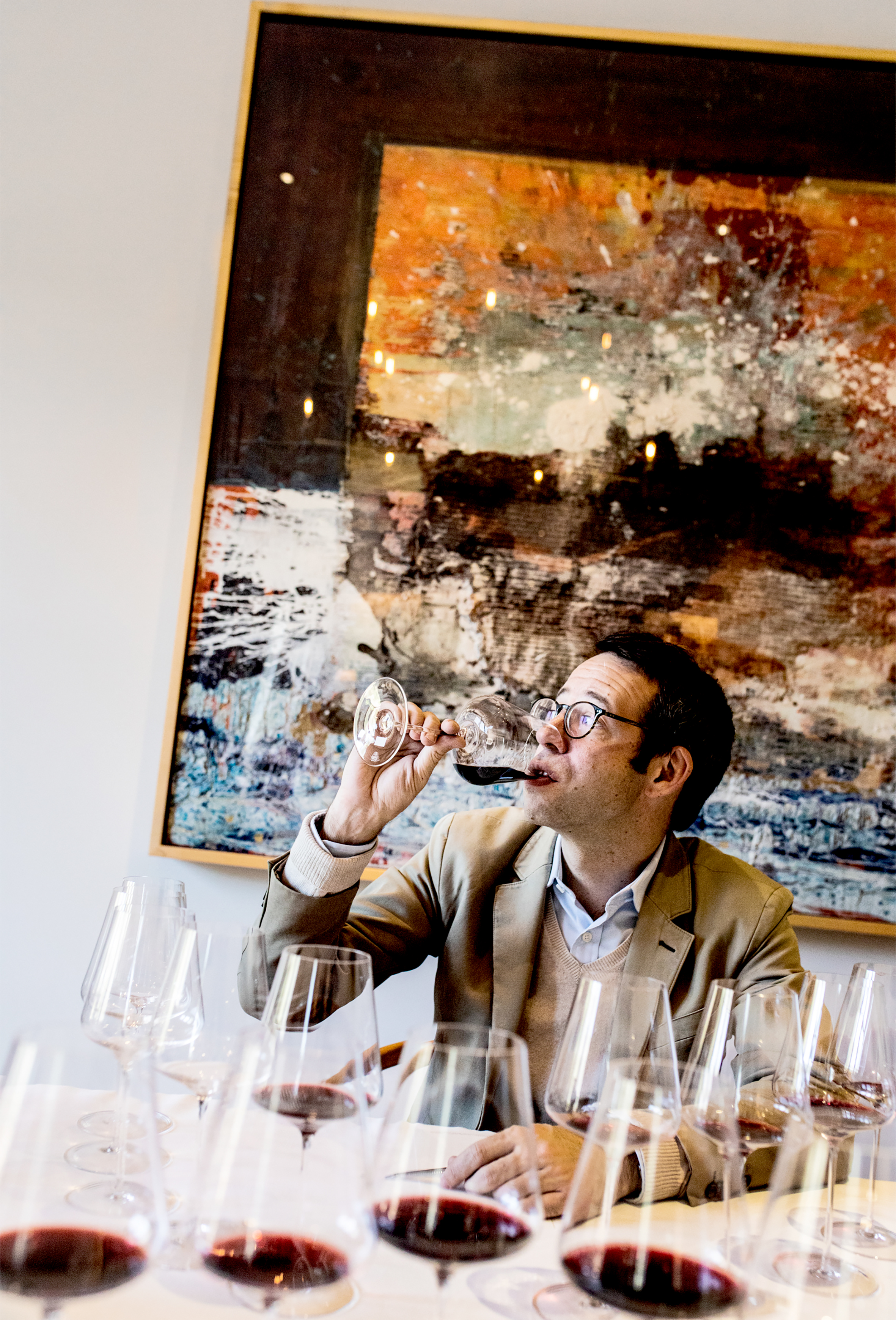05th Apr 2023
Eisele Vineyard is right up there with the top-tier “grand cru” vineyards in Napa Valley. Having passed from the nurturing hands of Eiseles to the Araujos and now the Pinaults, this is a property that goes from strength to strength.

Living History
“It’s been ten years this year!” Eisele Vineyard’s technical director Hélène Mingot exclaimed as we sat down to taste every vintage since French billionaire François Pinault bought the estate in 2013. “We already have ten vintages done.”
Ten years is an important milestone for Pinault and his loyal team. Hélène Mingot and general manager Antoine Donnedieu de Vabres have been here since the takeover, not to mention Frédéric Engerer, who is the managing director of Artémis Domaines, the group of wineries owned by Pinault, including Château Latour and Clos du Tart.
Eisele Vineyard is right up there with the top-tier "grand cru" vineyards in Napa Valley.
Located off Pickett Road in Calistoga, within the gentle slopes extending from the Vaca Mountains foothills, the vineyard was first planted to vines in the 1880s. It weathered the devastating phylloxera outbreak and prohibition, finding a new lease of life when it was purchased in the 1960s by Barbara and Milton Eisele. Over the next twenty years, they not only put their name on the vineyard but also put it on the map as one of the best Cabernet Sauvignon vineyards in Napa.
Daphne and Bart Araujo purchased Eisele Vineyard in 1990, renaming it Araujo Estate and continuing to build its quality and reputation. The Araujos embarked on an extensive replanting program, which included converting the vineyard management to organic and biodynamic practices. After 23 years of restructuring and nurturing, they sold the iconic estate to the Pinault family, who reverted it to its former name: Eisele Vineyard.
The dynamic duo of Hélène and Antoine hit the ground running with the spectacular 2013 vintage.
With 31 acres now under vine, the average vine age at Eisele Vineyard is now just over 30 years old. The vineyard is divided into 13 blocks and over 40 sub-blocks. The passion Hélène and Antoine have for this site and the way they have embraced it as their own is commendable—I don’t think Engerer and Pinault could have found a better pair of custodians to fill the big shoes of those who have come before them. This dynamic duo hit the ground running with the spectacular 2013 vintage and has adeptly ridden the waves of challenging years such as 2017 and 2020.
“Since 2015, we have started pruning earlier to encourage an earlier bud break and start to the growing season,” said Hélène. “This way, even in a warmer vintage, the wine can stay truthful to the place.”




Like a few other savvy estates in Napa Valley, the relatively new team at Eisele Vineyard has been working toward bringing forward their harvest dates. In 2017, the first of Napa’s vintages blighted by regional wildfires and smoke taint, Eisele brought in their fruit before the fires and managed to produce one of the wines of the vintage.
Having tasted their 2020 last year from barrel, I was excited to see the finished wine in bottle. Not many wineries of such caliber were able to produce a flagship in 2020, so this is no small feat.
"We can tend to be very dramatic about 2020. As vineyard workers and winemakers, we were pushed to the extreme."
“We can tend to be very dramatic about 2020,” Hélène smiled. “As vineyard workers and winemakers, we were pushed to the extreme. Yet 2020 was very normal in terms of the wine’s character. The yields were small, but the vines were not so traumatized, not like 2017.”
Eisele’s production in 2020 is just about half of a typical vintage, equating to around 875 cases for the flagship Cabernet Sauvignon.
It is, once again, one of the wines of the vintage-kudos!
The other piece of exciting news for the future of this great estate is the purchase of the neighboring Alfred Frediani Ranch, adding a considerable, contiguous piece of vineyard area to Eisele.
“We purchased the Frediani Vineyard in February this year,” Antoine confirmed. “No information was disclosed for the sale. We purchased it as is. It was an opportunity we couldn’t let pass.”
This additional 21 planted acres equates to more than a 50% increase in their area under vine. While this is great for expanding production, seeing what Eisele plans to do with these old soldiers will be interesting. Frediani Vineyard is one of the last of the very old vine parcels in Napa, mainly consisting of 50-100 years+ old vines. I hope some of these old-timers remain productive—they are living history, much like Eisele Vineyard.

-
Article & Reviews by Lisa Perrotti-Brown MW
Photography by Svante Örnberg
See more work from Svante at svanteornberg.se by clicking here!

PRODUCERS IN THIS ARTICLE
> Show all wines sorted by scoreMore articles

Cathiard Vineyard New Releases
02nd May 2024
3 tasting notes

Bordeaux 2023 Preliminary Vintage Report and Reviews from Barrel
29th Apr 2024
56 tasting notes

2021 Bordeaux in Bottle and A Modest Proposal
24th Apr 2024
599 tasting notes

Pilcrow’s New Releases
18th Apr 2024
7 tasting notes
Show all articles